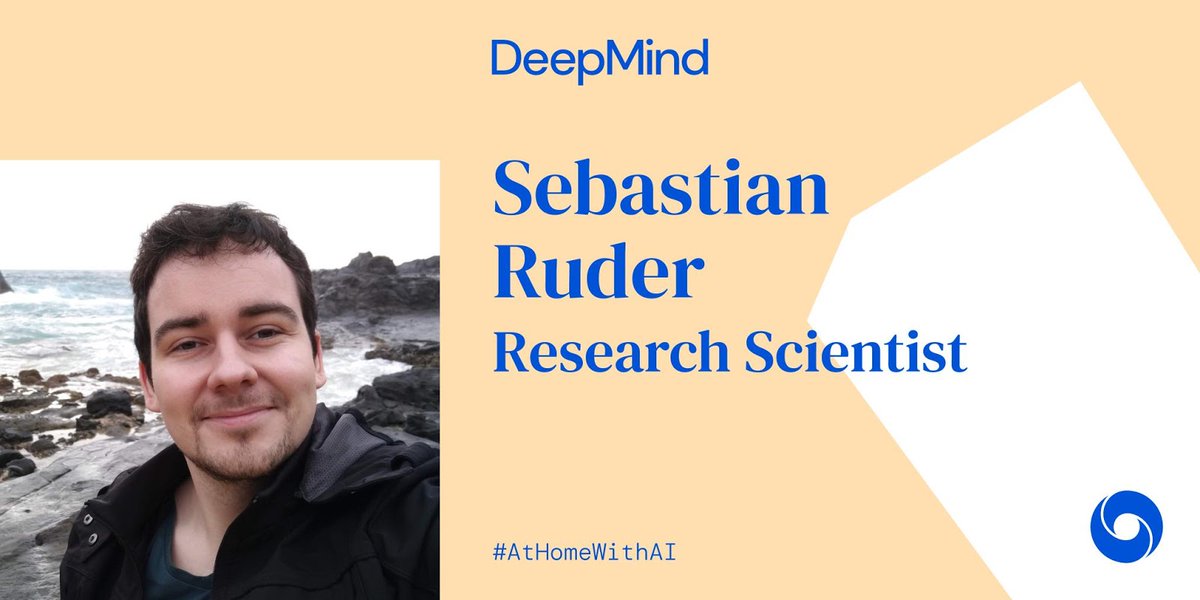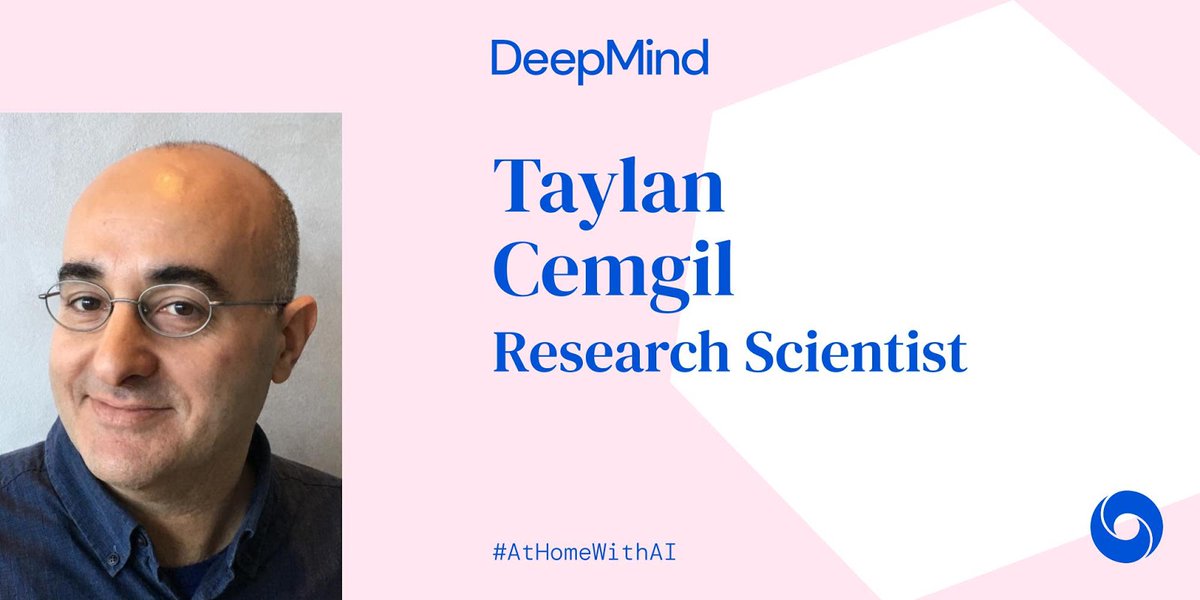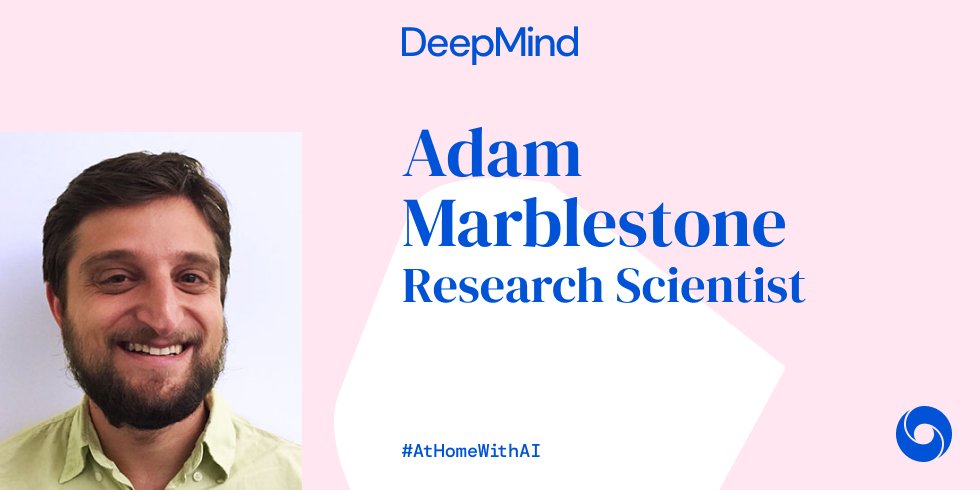
We’re back with more #AtHomeWithAI researcher recommendations. Next up is research scientist @csilviavr with suggestions for resources to learn about causal inference! (1/5) 

Her first suggestion is “The Book of Why” by @yudapearl & Dana Mackenzie.
According to Silvia, this is best for those looking for an introduction to the topic: bit.ly/30isGej #AtHomeWithAI
According to Silvia, this is best for those looking for an introduction to the topic: bit.ly/30isGej #AtHomeWithAI
Need a more in-depth look at causal inference? Silvia suggests reading through “Causal Inference in Statistics: A Primer” by @yudapearl, @MadelynTheRose & @NP_Jewell.
bit.ly/36xdvza #AtHomeWithAI
bit.ly/36xdvza #AtHomeWithAI
The Elements of Causal Inference is highly accessible for machine learning researchers, according to Silvia. It offers a self-contained & concise introduction to causal models and how to learn them from data.
bit.ly/3gCqowy #AtHomeWithAI
bit.ly/3gCqowy #AtHomeWithAI
Interested in different ways to formulate causal inference operations in a Bayesian network?
Silvia’s final suggestion is to read through @PhilDawid’s recently published overview on the topic: bit.ly/2XFjAGR #AtHomeWithAI
Silvia’s final suggestion is to read through @PhilDawid’s recently published overview on the topic: bit.ly/2XFjAGR #AtHomeWithAI
• • •
Missing some Tweet in this thread? You can try to
force a refresh











